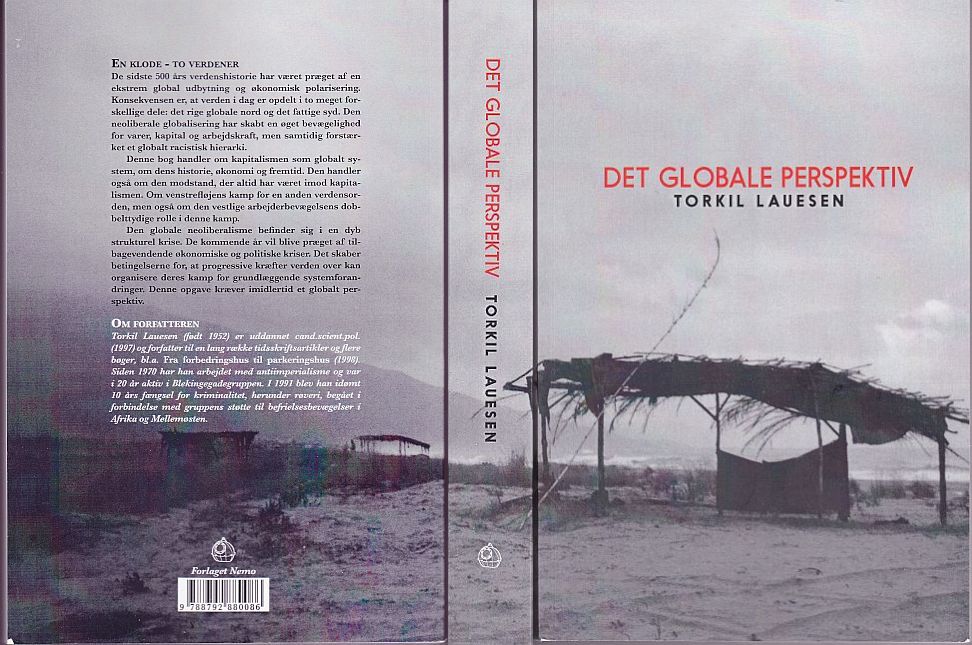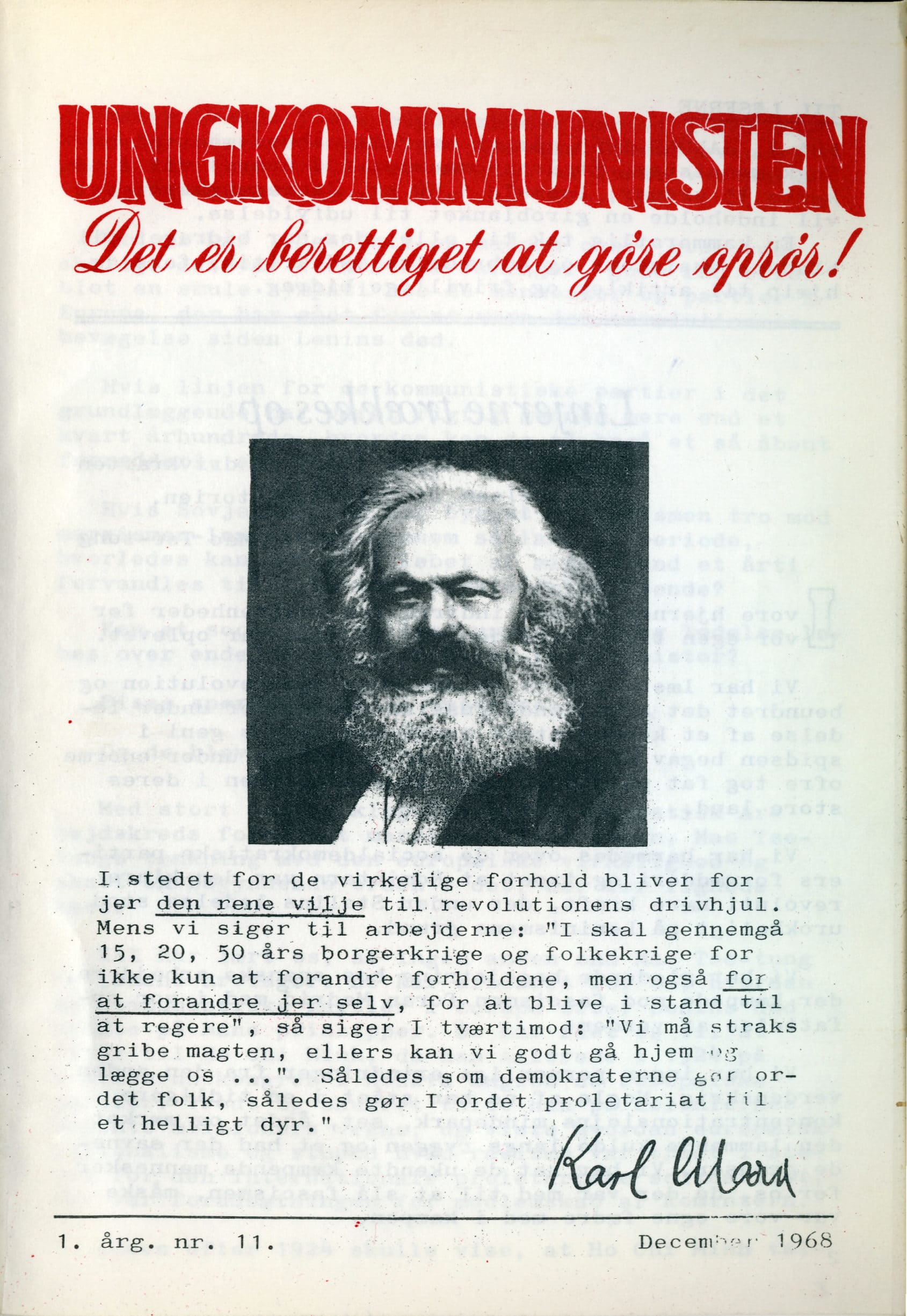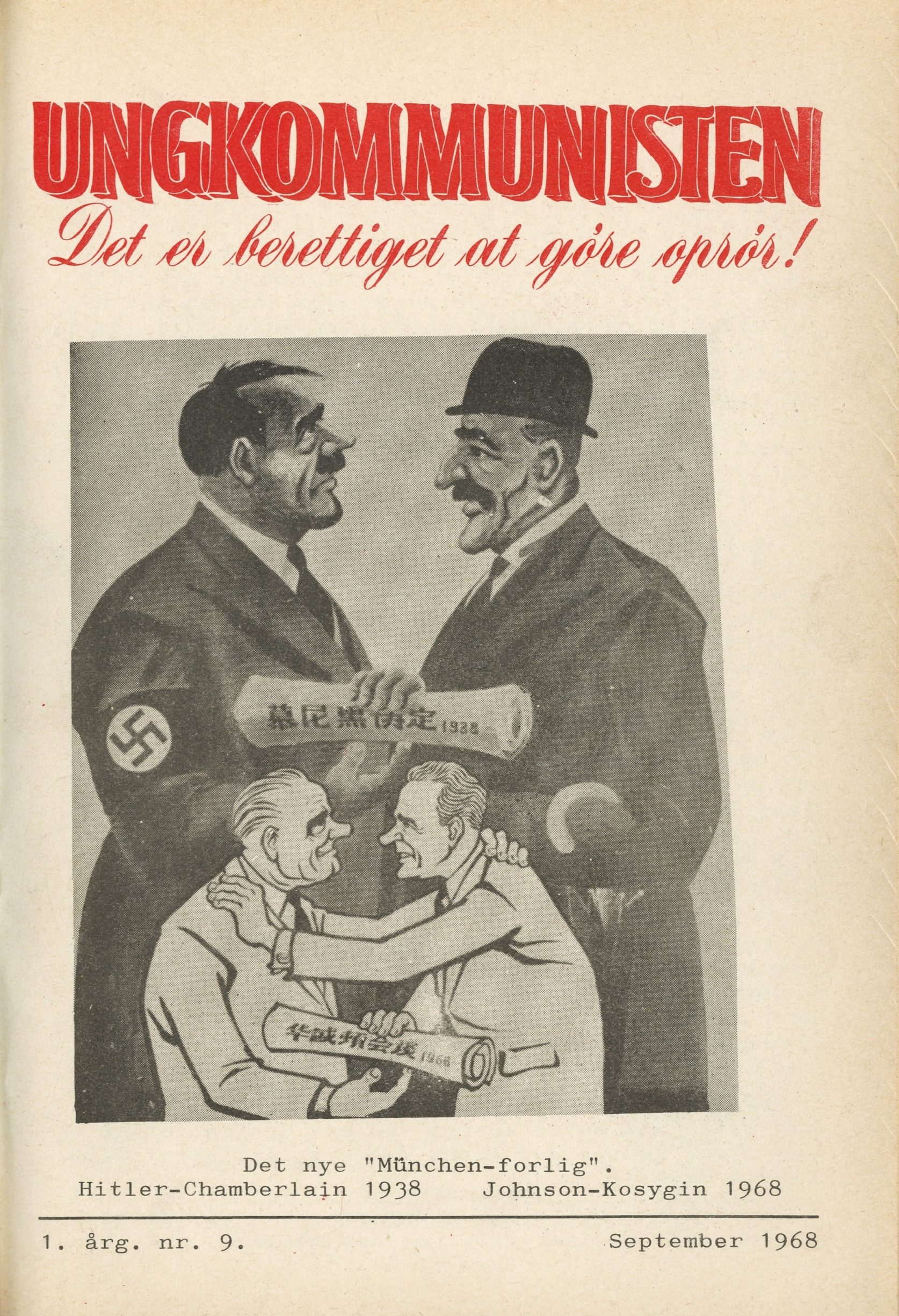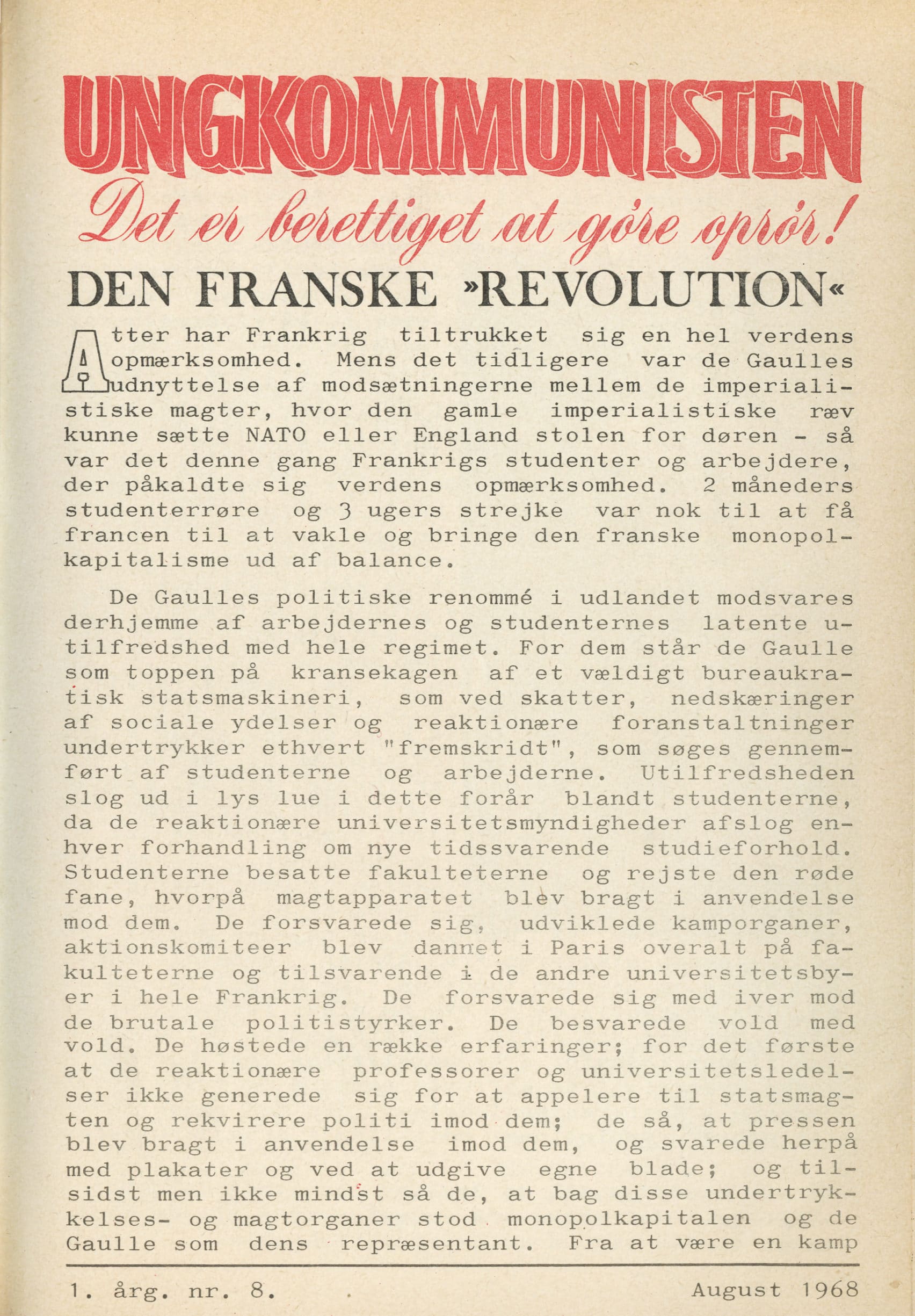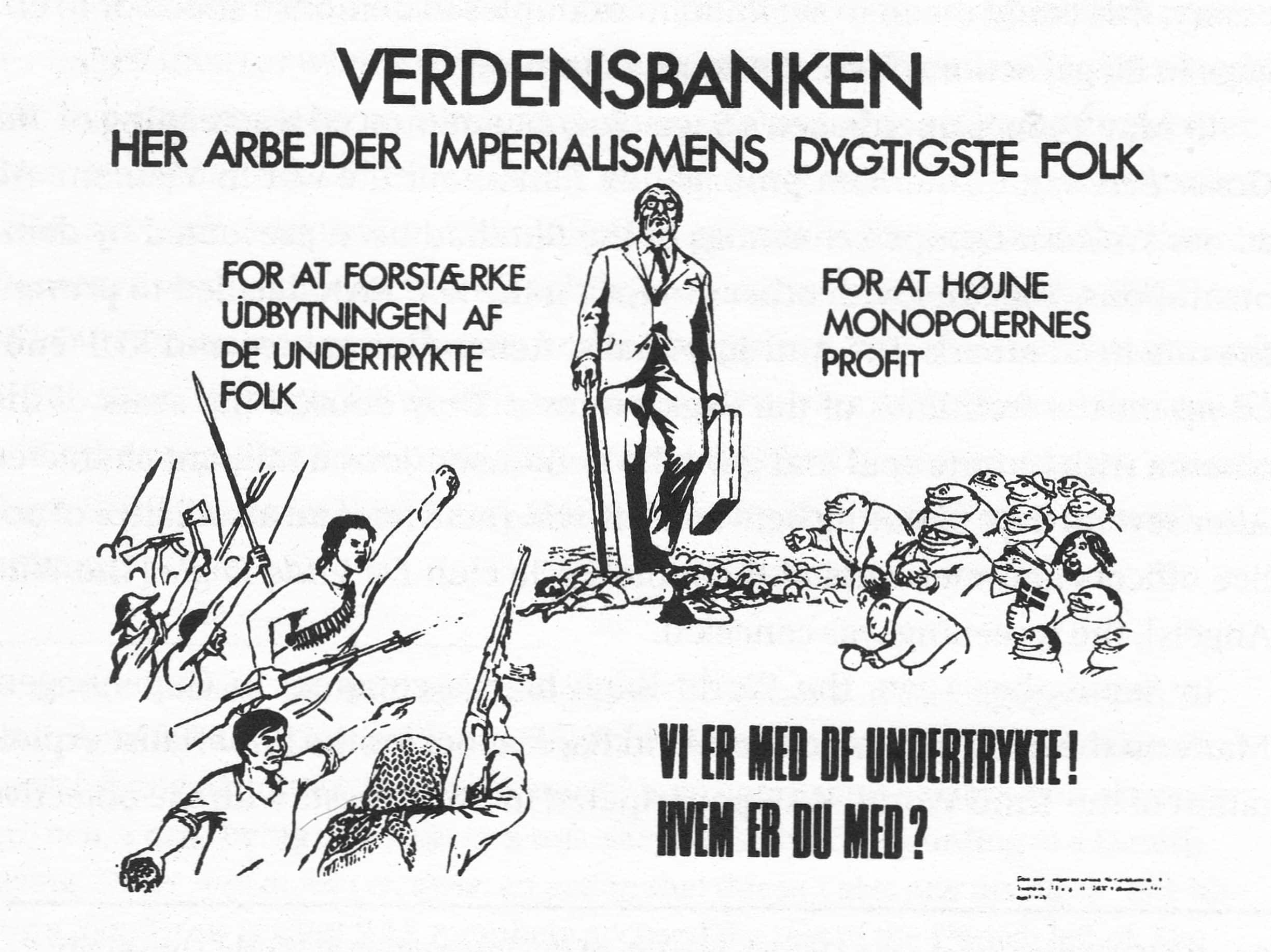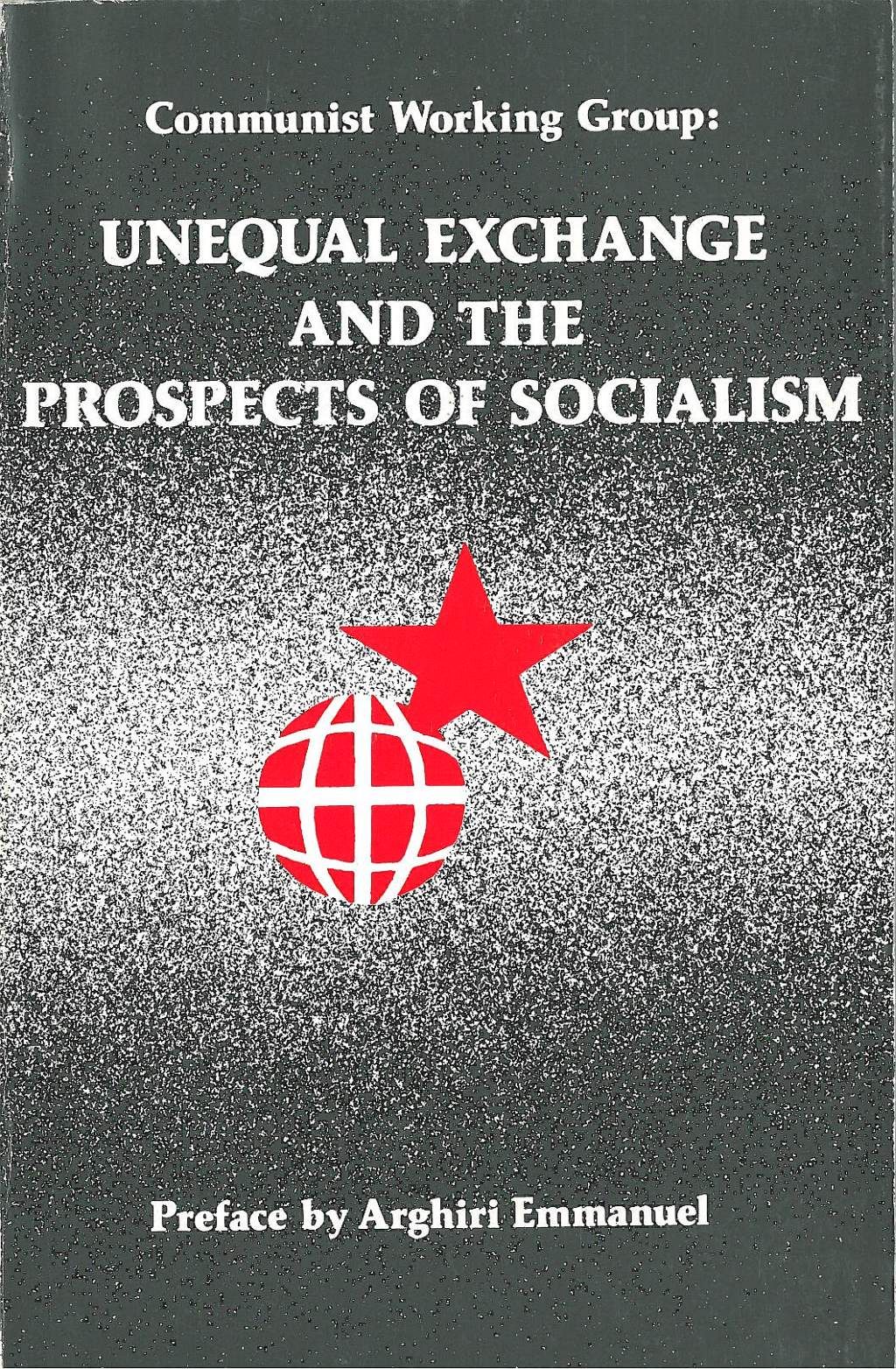Contents
Preface by Arghiri Emmanuel
Contents:
Preface p. 9-18
Chapter I : Introduction
Contents:
The Purpose of Theory is Practice p. 19
Marxism – Dialectical Materialism p. 20
Analysis of the Economic Conditions is Fundamental p. 20
The Main Social Contradiction p. 22
The Relationship Between Consciousness and Being p. 23
The Population of the World is Divided into Rich and Poor p. 25
The Consequences of the Present World Order p. 28
Chapter II : The Historical Background of Unequal Exchange
Contents:
The Development of Capitalism in the Nineteenth Century p. 31
Britain’s Industrial Monopoly p. 32
The Contradiction Production – Consumption p. 32
Marx & Engels On the Potentialities of Capitalism p. 34
The New Manifestation of the Contradiction p. 39
The Development of the United States of America from Colony to Advanced Capitalist Power p. 46
Summary p. 54
Chapter III : The Theory of Unequal Exchange
Contents:
Introduction p. 57
The Capitalist Mode of Accumulation p. 59
Commodity Production – Generally Defined p. 61
Simple Commodity Production p. 61
Commodity Production Under Developed Capitalism p. 62
Primitive Accumulation p. 63
Labour-Power – Its Value and Price p. 65
Productivity and Wages p. 71
The Use-Value of Labour-Power p. 77
The Circulation of Capital p. 78
Surplus-Value p. 80
The Rate of Surplus-Value p. 80
Cost-Price p. 81
The Rate of Profit p. 82
The Creation of an Average Rate of Profit Between the Branches of Production p. 83
The Conditions for an Equalization of the Rate of Profit Nationally p. 88
Summary p. 89
The World Market p. 89
Unequal Exchange Between Countries p. 90
On Exploitation Between Countries p. 94
On Exploitation p. 96
South Africa – A Concrete Example p. 98
Global Inequality p. 103
Chapter IV : The Validity of the Prerequisites of Unequal Exchange
Contents:
Introduction p. 105
Variation in Wages in a Divided World p. 107
The Concrete Variations in Wages p. 109
Working conditions p. 114
Productivity and Wages p. 116
Productivity and Wages – Final Remarks p. 120
Conclusion p. 122
Equalization of the Rate of Profit p. 123
Capital Movements p.128
Conclusion p.131
The Size of the Unequal Exchange p. 131
Chapter V : The Possibilities of Socialism in a Divided World
Contents:
On Productive Forces and Conditions of Production p.143
The Possibilities of Socialism in the imperialist Countries p. 144
Reformism p. 147
The Rise of Reformism p. 147
The Political Development in the Interwar Period p.154
The Effects of Unequal Exchange on International Solidarity p.156
The Working Class has Become a “Sacred Cow” to the Left Wing p.170
Conclusion for the Imperialist Countries p. 174
The Possibilities of Socialism in the Exploited Countries p. 177
What is Development and Underdevelopment? p. 178
The Connection Between Unequal Exchange and Unequal Development p. 180
For a New World Order – What is Progressive? p.189
For a Socialist World Order p. 191
Conclusion Concerning the Perspectives of Socialism in the Exploited Countries p. 195
Chapter VI : What can Communists in the Imperialist Countries do?
Contents:
Support the Anti-Imperialist Movements in the Exploited Countries! p. 198
Support the Liberation Movements Materially! p. 200
What do We Work For? p. 201
A. References
Contents:
A. Abbreviations and Litterature p. 221
B. Works By Arghiri Emmanuel
Contents:
B. Works by Arghiri Emmanuel p. 223-225
List of Tables
- Table 3.1 p. 83
- Table 3.2 p. 86
- Table 3.3 p. 92
- Table 3.4 p. 92
- Table 3.5: Distribution of Developing Countries’ Exports p. 96
- Table 4.1: Hourly Wages p,112
- Table 4.2: Return on Direct Capital Investments Made by the US, Britain and West Germany p. 126
- Table 4.3: American Direct Investment in Manufacturing Industry p. 127
- Table 4.4: Stock of Direct Investment Abroad of Developed Market Economies, 1967-75 p. 128
- Table 4.5: World Trade by Region, 1948-1977 p. 132
- Table 4.6: Exports to Developed Market Economies p. 134
- Table 4.7: Exports to Developing Market Economies p. 134
- Table 4.8: EEC Dependence on Raw Materials from Developing Countries p. 136
- Sugar Consumption per Capita p.204
- Decennial Index for London’s Population p. 204
- Danish/Third World Wages Ratio p. 212
- Danish Wages 1973-1977 p. 213
- Annual Average Rate of Profit on Invested British Capital p. 215




